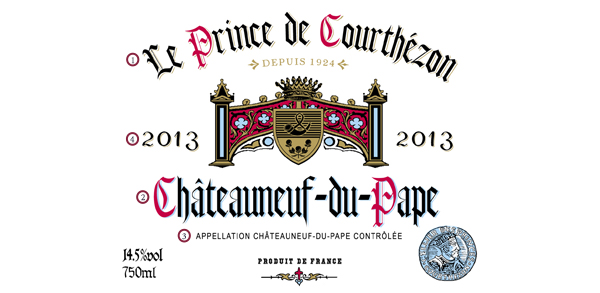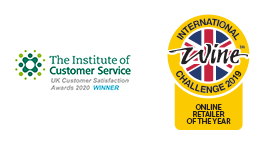If you’re not used to shopping for wine then looking along the rows and rows of bottles can often feel a little daunting.
Why don’t they put the grapes on the label? What’s sur lie? And how do AOC, DOC and IGT differ?
Well, we’re about to clear the smoke screen that’s been clouding your confidence in wine-buying and reveal what all these terms mean once and for all.
There is a lot to take in, but when you know the few bits of information to look for you’ll feel like a pro.
And don’t forget, our in-store wine advisors know what they’re talking about, and they don’t judge … so ask them whatever you want!
Common things you’ll see on a wine label
- Producer/brand name: This could be a household name or something that carries a lot of clout – either way it usually sits at the top of the label.
- Wine name: This is fairly self-explanatory. Although many European wines will choose to name the area in which the grapes were grown rather than using a name (e.g. Chablis).
- Geographical Indicator (GI): Most wines will make it clear on the bottle where the grapes were grown, but in the EU this comes with a set of rules to follow. (e.g. the Bordeaux GI Saint-Émilion AOC can only use Merlot, Cabernet Franc and Cabernet Sauvignon.) The GI will give you an idea of how the wine should taste, as the climate will affect the flavour.
- Grape variety: This is probably the most useful piece of information but many producers, especially in Europe, won’t list them. Instead, they will display their GI and let you work out which grapes are used!
- Vintage: The vintage is the year the grapes were picked, rather than the year the wine is released. It can help you work the quality of the wine depending on whether a particular region had a good or bad year. The vintage will also tell you how old the wine is (a Gran Reserva Rioja must be aged for a minimum of five years before release.)
How to read a wine label

1. Producer or brand
This one is quite clear, Le Prince de Courthézon is the name of the producer of the wine.
2. Wine name
In this case the name of the wine is Châteauneuf-du-Pape but, as you probably already know, this is also a GI.
3. Geographical indicator
This wine is labelled Appellation Châteauneuf-du-Pape Controlée, or Châteauneuf-du-Pape AOC.
Due to the legal restrictions placed around the AOC Châteauneuf-du-Pape can be made with a blend of 18 grape varieties. However, the red wine from Châteauneuf-du-Pape is usually a mix of Grenache, Syrah and Mourvèdre.
Châteauneuf-du-Pape is in France’s Southern Rhône which has a warm climate and stony soils which help to retain heat. This means the wine is likely to be full-bodied with intense red fruit flavours.
4. Vintage
This wine has a few years of age which means it’s likely to have a more savoury finish from bottle ageing. It’s also likely to have spent some time ageing in oak which will give toast and vanilla flavours.
Now let’s try reading this wine label

1. Wine name
In this case the producer, Phil Rose, is not listed on the front label. Instead the wine name, Sunday Bay, is the most prominent feature.
2. Geographical Indicator
This wine is from Marlborough, New Zealand. A winemaking region on the north-easterly tip of New Zealand’s South Island, this region has a reputation for producing intensely aromatic and distinctive wines.
3. Grape variety
Sauvignon Blanc is the grape Marlborough is best known for. The climate and soil turns the volume of this grape’s flavours up several notches. You can expect lively tropical and citrus fruit flavours from a Marlborough Sauvignon Blanc, with lots of gooseberry freshness.
4. Vintage
Generally Sauvignon Blanc is made to be drunk young. If you see a Sauvignon older than three years old it’s probably going to be past its best.





